Presentation
Abdominal pain and jaundice
Patient Data
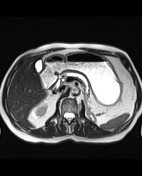

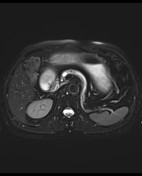

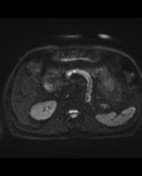

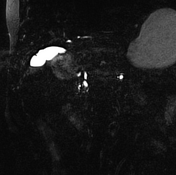

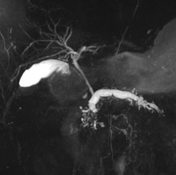

MRI study shows dilated beaded main pancreatic duct measures about 7 mm with associated thinned out pancreatic parenchyma, smooth pancreatic surface, and loss of normal lobulation. Dilated side branches of the pancreatic duct giving a "chain of lakes sign". Multiple filling defects are seen within the proximal main pancreatic duct best seen on DWI and coronal T2 space as low signal intensities suggestive of intraductal calculi
Multiple variable size GB stones are also noted.

CT study confirms the MRI findings and better demonstrates innumerable pancreatic punctate calcifications and intraductal stones involving the proximal main pancreatic duct and its side branches
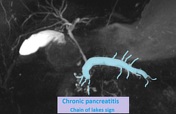

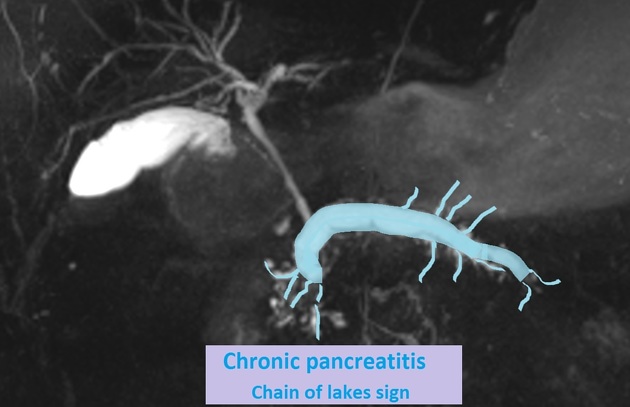
Annotated image highlight the "chain of lakes " sign
Case Discussion
Here is a case of chronic pancreatitis associated with pancreatic ductal calculi, with typical CT and MRI features including a "chain of lakes" sign. It is a bit of good luck when the radiologic study presents all these straightforward features.
Occasionally, it is a challenge to differentiate chronic pancreatitis from IPMNs especially if chronic pancreatitis is associated with pseudocysts. Much more difficult if chronic pancreatitis occurs on top of IPMN. Signs suggesting IPMNs include; intraductal mural nodules and polypoidal lesions, ductal distension with mucinous content, and duodenal papilla herniation into the lumen 1. ERCP is more helpful in the detection of these signs than CT or MRI.




 Unable to process the form. Check for errors and try again.
Unable to process the form. Check for errors and try again.